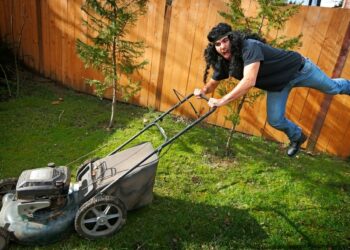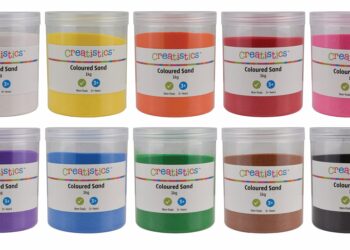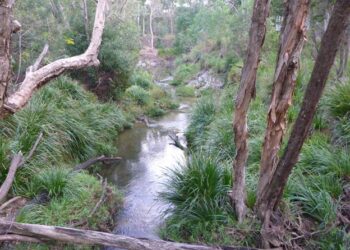Name: Salvinia
Scientific name: Salvinia molesta
How to identify the weed: A floating aquatic fern with green, spongy oval leaflets from 0.5cm – 3cm wide. Leaves are covered with water-repellent hairs which give buoyancy to the plant. Mature leaves have a mid-rib fold. Juvenile plants are a lot smaller, lay flat on the surface of the water and look very different to the mature plants. The mature plants have long filamentous roots which when pulled from the water look like wet hair.
Why is the weed a problem: Introduced from South America and is spread by fragmentation. This plant has the ability to choke wetlands, displace fauna, reduce water quality and harbour disease-bewaring vectors such as mosquitos. The plants can form thickets on top of the water which can restrict water flow and irrigation as well as increasing the risk of entaglement for people and livestock. This plant also increases water evaporation fourfold during summer.
How to manage the weed: Preventing the sale and distribution, as well as stopping the introduction of the weed into waterways from aquariums, are the best forms of control. An intergrated approach using mechanical (hand and machine), biological (salvinia weevil) and herbicide being the most effective way to eradicate this weed. For more information, please contact IndigiScapes on 3824 8611.
Any other interesting facts: Salvinia was known to be used as a tactical tool in war times. It was grown over dams and set-up to look like helicopter landing pads. When the enemy landed they would sink into the water body.











